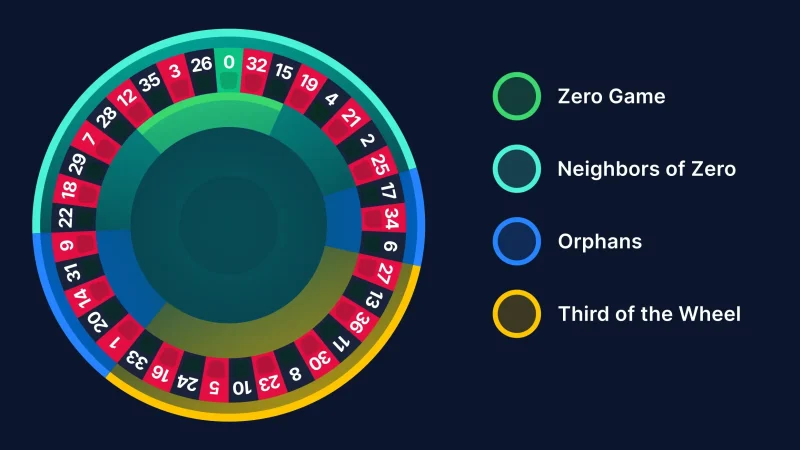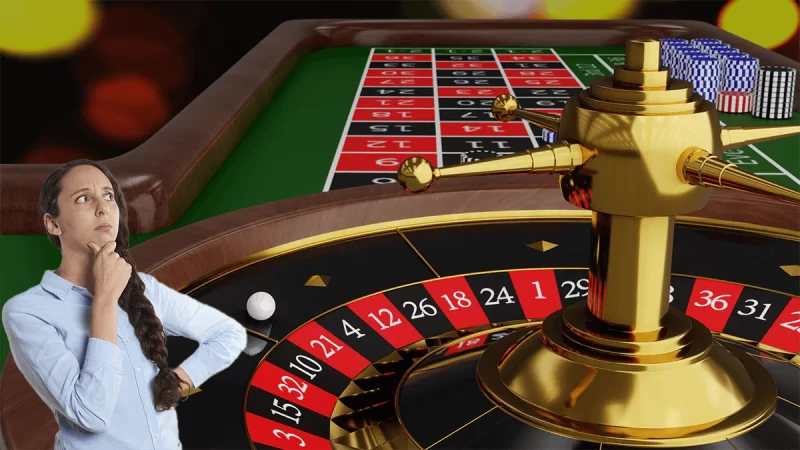Beating the Roulette Wheel

For centuries, people have attempted to beat the roulette wheel. Several anomalies were found in the roulette wheel’s movement, including slightly biased and unbalanced wheels. In Monte Carlo in 1873, Joseph Jagger spotted one such wheel and walked away with PS3 million. Other causes of bias included the croupier’s throwing of the ball. As a result, chaos theorists often look at the movement of the ball.
The most basic method of beating the roulette wheel involves physics. There are two forces at work when the ball hits the roulette wheel: gravity and bounce. Through science, researchers have been able to increase their chances of winning. A small bias in roulette wheels’ rotations can be determined by determining the speed and starting position of the ball. A slight bias in the wheel’s speed, croupier location, and wheel speed can all be predicted.
To improve your chances of winning, you can use special software programs. These programs, called “analyzers,” are capable of analyzing the roulette wheel’s movements. They can increase your chances of winning by analyzing the probability of falling out a specific sector in the next round. Using these programs is not illegal, but it is considered cheating in many casinos. You must be careful, however, because some online casinos have strict rules prohibiting the use of this software.
In 1980, Jarecki’s experiments were incredibly successful. The duo played at different casinos in Italy, France, and Germany and won consistently. The Italian casinos even attempted to ban Jarecki after the winning streak. Jarecki’s success made headlines all over the world. The secret behind his success was that he kept his methods hidden. Jarecki would tally the roulette outcomes daily. Then, he would feed this data into an Atlas supercomputer, which in turn told him which numbers to pick.
In the 1970s, Dr. Richard Jarecki developed a roulette system that beats the odds and has stumped casino owners all over the world. One evening in an Italian Riviera casino, a throng of awed gamblers gathered around a croupier’s worn roulette table. During this time, a 38-year-old medical professor placed a bet of $100,000 on one spin of the wheel. Suddenly, the room went silent, and the croupier unleashed the little white ball.
This roulette strategy involves placing an initial bet of one to four units. When a spin is successful, you will subtract a unit from your initial bet and add another one to your original bet. If the bet is unsuccessful, you can continue betting until you win. It’s not a simple strategy, but it certainly works for Eloise Peacock. You can also follow this strategy by ensuring that the roulette wheel is running smoothly.
Aside from the ball track, there are other factors to consider. Some wheels are biased. Deep pockets can cause the ball to stay in one area of the wheel, while shallow pockets can cause it to bounce out. These factors all play a role in the roulette wheel’s bias. The next step is spotting a biased wheel. If you can identify a biased wheel, you can apply this technique to any wheel. A crooked wheel will cost you money, so it’s worth checking out your roulette wheels.







